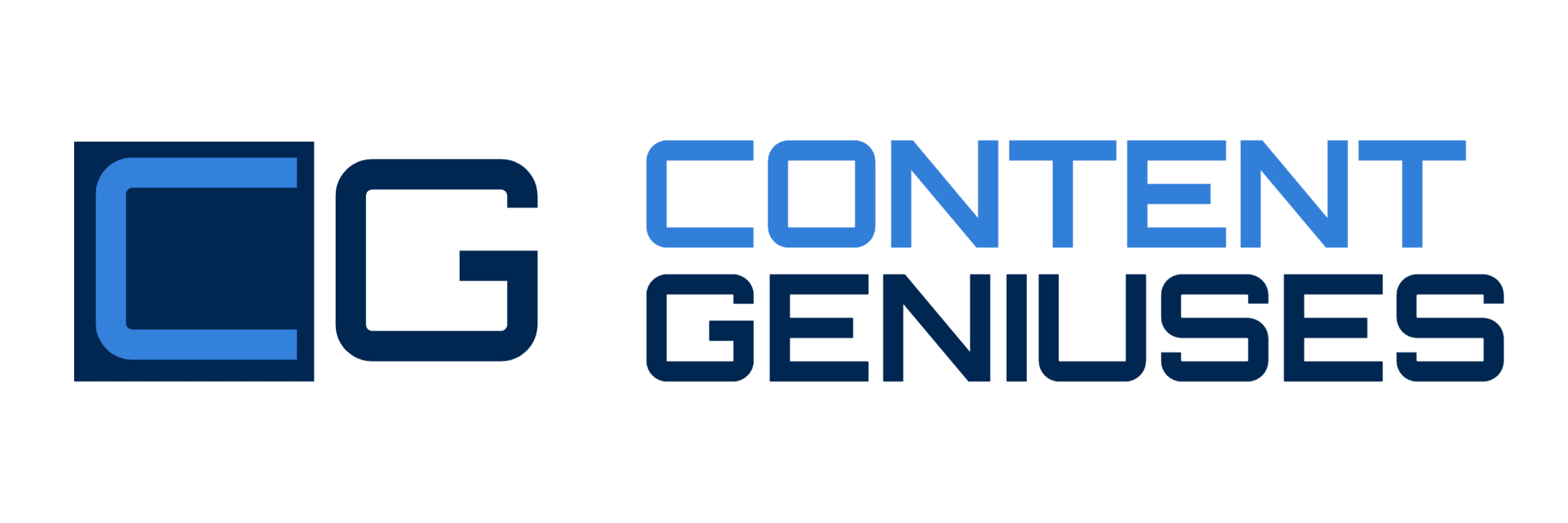In the digital age, e-commerce businesses face the challenging task of standing out in a crowded online marketplace. One of the most effective ways to achieve this is by enhancing your Search Engine Optimization (SEO) efforts. SEO, when executed correctly, can significantly boost your online visibility, drive organic traffic to your store, and attract more potential customers. Here are some specific strategies for improving your e-commerce store’s SEO.
Emphasize Long-Tail Keywords
Long-tail keywords are specific phrases consisting of three or more words that target a particular query or user intent. For example, instead of targeting “women’s running shoes,” a long-tail keyword could be “best store to buy women’s running shoes for flat feet in Brooklyn”. They are more targeted and have less competition, making them easier to rank for and more effective in attracting qualified leads. Identifying and using long-tail keywords relevant to your products can significantly improve your SEO efforts and increase conversions.
Maintain an Active Blog
Having an active blog on your e-commerce site is a powerful SEO strategy. Regularly publishing high-quality content that includes your targeted keywords gives search engines more pages to index, improves your site’s visibility, and drives more traffic to your store. Furthermore, if your content provides value and answers questions that potential customers are asking, they’re more likely to trust your brand and consider your products. That’s what we do at Content Geniuses. Learn more about our plans offering consistent tailored high-quality, SEO-optimized content designed to drive traffic and engagement for your blog.
Leverage the Power of Google Keyword Planner
Google Keyword Planner can be a valuable tool for identifying relevant keywords and making informed decisions about the topics to target in your blog posts. This tool can provide insights into average monthly searches, competition levels, and even seasonal trends for various keywords. By incorporating these keywords into your product descriptions, blog posts, and other site content, you can improve your store’s SEO and attract more organic traffic.
Conduct a Content Gap Analysis
To stand out from your competitors, consider conducting a content gap analysis. This involves identifying topics that your competitors haven’t covered extensively. This approach allows you to discover untapped content opportunities and differentiate yourself from the competition by creating high-quality, unique content to exploit these gaps.
The process of a content gap analysis usually involves the following steps:
- Identifying your competitors: Start by making a list of your main competitors. These can be businesses that offer similar products or services, or websites that rank highly for keywords relevant to your industry.
- Analyzing their content: Review your competitors’ content to understand the topics they cover and the depth of their coverage. Pay particular attention to the quality of the content, how it’s presented, and how their audience interacts with it.
- Finding gaps: Look for topics that your competitors haven’t covered or areas where their content is lacking. These could be niche topics within your industry, common customer questions that aren’t being answered, or areas where you can provide more detailed or up-to-date information.
- Creating content to fill the gaps: Once you’ve identified the gaps, the next step is to create high-quality content that fills them. This new content should provide value to your audience, answer their questions, and offer insights that they can’t find anywhere else.
Ensure a Solid User Experience (UX)
User experience (UX) plays a pivotal role in search engine optimization (SEO), particularly when it comes to page speed and Core Web Vitals. These components are part of Google’s ranking factors, impacting a website’s visibility in search engine results. Page speed refers to how quickly a webpage loads, which directly influences user engagement and satisfaction. A slow-loading page can lead to higher bounce rates and negatively affect conversions. In an e-commerce context, this could mean losing potential customers who are unwilling to wait for a page to load, leading to lost sales and decreased profitability.
Core Web Vitals, introduced by Google, are a set of metrics that measure the speed, responsiveness, and visual stability of a webpage. These include Largest Contentful Paint (LCP), which measures loading performance; First Input Delay (FID), which quantifies interactivity; and Cumulative Layout Shift (CLS), which evaluates visual stability. Websites that perform well on these metrics provide a superior user experience, leading to better user engagement and potentially higher rankings in search engine results.
For e-commerce businesses, this is crucial. Improving page speed and Core Web Vitals could enhance user experience, leading to higher customer satisfaction, increased dwell time on the site, and potentially more conversions. Optimizing for UX not only helps improve search engine rankings, but also fosters customer loyalty by creating a smooth and enjoyable browsing experience, which can lead to repeat business and better word-of-mouth promotion.
The Upshot
In the competitive world of e-commerce, standing out requires effective Search Engine Optimization (SEO). Enhancing SEO efforts can boost online visibility, attract organic traffic, and increase customer engagement. Strategies such as emphasizing long-tail keywords, maintaining an active blog, leveraging Google Keyword Planner, conducting a content gap analysis, and ensuring a solid user experience (UX) can significantly improve an e-commerce store’s SEO performance and drive conversions. It’s clear that SEO plays a pivotal role in the success of any e-commerce business. By implementing these strategies, you can improve your search engine rankings, attract more organic traffic, and ultimately boost your sales.
